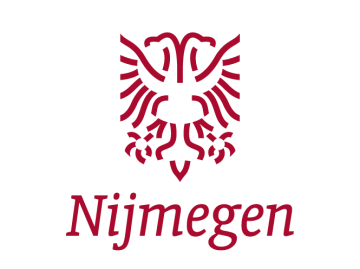
Place à la rivière - NbS pour la protection contre les inondations côtières et fluviales dans les villes

La rivière Waal, aux Pays-Bas, se rétrécit considérablement lorsqu'elle traverse la ville de Nimègue, créant un effet de goulot d'étranglement lorsque le débit de la rivière est élevé. Face à l'augmentation du risque et de la fréquence des inondations due au changement climatique, Nijmegen a décidé que des mesures alternatives étaient nécessaires pour assurer la sécurité des citoyens. Le programme national "Room for the River" a été lancé pour passer du simple renforcement des digues existantes à l'utilisation de solutions basées sur la nature qui intègrent la dynamique des flux fluviaux.
Avec la mise en place du parc fluvial urbain, la rivière Waal a bénéficié d'un espace naturel plus important pour traiter les niveaux d'eau élevés et réduire l'effet de goulot d'étranglement. Les digues existantes ont été déplacées de 350 mètres vers l'intérieur pour construire un nouveau canal et des plaines inondables. À côté du nouveau canal, une île entièrement nouvelle a été formée, créant un parc fluvial urbain unique au cœur de la ville. La conception comprend de nouveaux habitats naturels et des espaces récréatifs pour promouvoir la biodiversité et le bien-être des citoyens.
Impacts
Le parc fluvial urbain est un exemple réussi de la transformation de l'utilisation exclusive d'infrastructures grises artificielles pour la gestion de l'eau en solutions naturelles. Il montre que les solutions basées sur la nature sont bénéfiques pour la réduction des risques d'inondation dans les villes et apportent des avantages supplémentaires pour les loisirs, l'écologie et l'esthétique d'une ville.
Le projet peut fournir aux urbanistes un exemple de la manière d'impliquer la gouvernance à plusieurs niveaux et les différentes parties prenantes dans la planification régionale. Le développement du parc fluvial urbain s'est fait en collaboration avec des hydrologues, des écologistes, des architectes et des techniciens afin de créer une conception globale. En outre, les communautés locales, les provinces et les agences de l'eau ont participé à l'élaboration du programme "Room for the River".
La fonctionnalité du parc montre l'importance d'inclure les processus naturels et les caractéristiques d'une zone dans le processus de conception. La conception du parc fluvial urbain de Nimègue s'est appuyée sur la dynamique du débit fluvial, l'influence des marées, les processus d'érosion et de sédimentation. La conception évoluera progressivement au fil du temps, créant divers écosystèmes et différentes caractéristiques du paysage fluvial tout en garantissant la sécurité contre les inondations.







